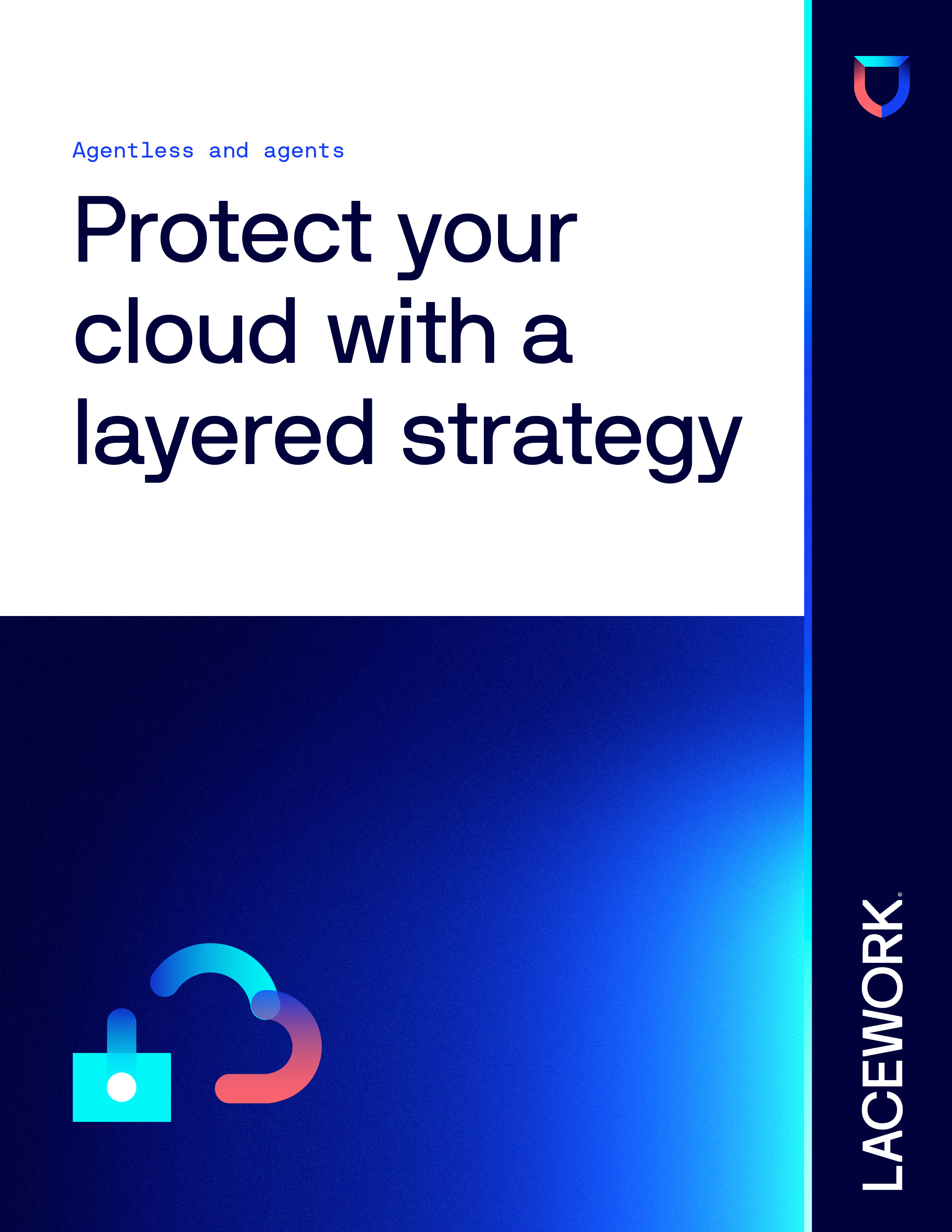What is cloud workload security?
Table of contents
The science behind cloud workload security Security risks associated with cloud workloads Why cloud workload security matters Cloud workload security best practicesAt the heart of it, cloud workload security involves the practices and measures that safeguard data and applications within cloud environments. Given the escalating adoption of cloud technology, robust security is more critical than ever. Cloud workload security concentrates on protecting workloads, which are the individual components of a service or an application, including virtual machines, containers, and serverless functions.
Cloud workload security covers a range of security aspects such as authentication, access management, encryption, and threat detection. With an ever-evolving threat landscape, cloud workload protection is essential to ensure the confidentiality, integrity, and availability of data and applications in the cloud. Without adequate security measures, organizations face the risk of exposing sensitive data to unauthorized access, leading to data breaches, compliance violations, and damage to their reputation.
By implementing robust security controls, organizations can defend against unauthorized access, data leakage, malware, and other cyber threats. Comprehensive cloud workload security solutions are available, tailored to meet the unique security challenges of cloud environments. Such platforms integrate automated threat detection, anomaly detection, and compliance monitoring, providing real-time visibility into your cloud workloads.
The science behind cloud workload security
Cloud workload security plays an essential role in maintaining a secure cloud environment. It involves various mechanisms and technologies designed to protect workloads operating on cloud platforms. These platforms utilize cutting-edge technologies like machine learning and artificial intelligence for real-time threat detection and prevention.
A cloud workload security platform offers comprehensive visibility into workloads, vulnerability management, access control, and real-time threat detection and response. These platforms are utilized across various sectors, including finance and healthcare, to protect sensitive data and ensure its confidentiality and integrity.
In essence, cloud workload protection operates by continuously monitoring and safeguarding workloads in a cloud environment. By embracing cloud workload security, organizations can effectively address the risks associated with cloud workloads and ensure data safety.
Security risks associated with cloud workloads
While cloud workloads offer scalability, flexibility, and cost-efficiency, they also present several security risks. These risks include unauthorized access, data breaches, misconfigurations, and weak access controls. Inadequate security measures can lead to reputational damage, financial losses, legal consequences, and compliance issues.
Organizations can mitigate these risks by implementing best practices such as robust access controls, regular monitoring and auditing of cloud workloads, and data encryption at rest and in transit. Staying informed about the latest security threats and updates from cloud service providers is also crucial. A comprehensive cloud workload protection approach includes advanced threat detection, automated compliance checks, and continuous monitoring to provide superior security for cloud environments.
Why cloud workload security matters
Cloud workload security offers numerous benefits, including enhanced data protection, improved visibility and control over cloud workloads, and efficient incident response and threat detection capabilities. These solutions utilize advanced encryption techniques and access controls to protect data, offer real-time monitoring and auditing capabilities for improved visibility, and leverage machine learning algorithms for real-time threat detection and response.
With these benefits, organizations can confidently embrace the advantages of cloud computing while ensuring the security of their valuable assets.
Best practices for cloud workload security
To secure your cloud workloads, it's essential to implement best practices. These include implementing strong access controls and authentication mechanisms, regular vulnerability assessments and patch management, and effective monitoring and logging strategies for proactive threat detection. By adopting these best practices, you can enhance your cloud workload protection and safeguard your data and applications from potential threats.
WHITE PAPER
Protect your cloud with a layered strategy
Interested in securing your cloud workloads? Hear our take on why an agent-based + agentless combination is your best bet.
Download the paper
This article was generated using automation technology. It was then edited and fact-checked by Lacework.